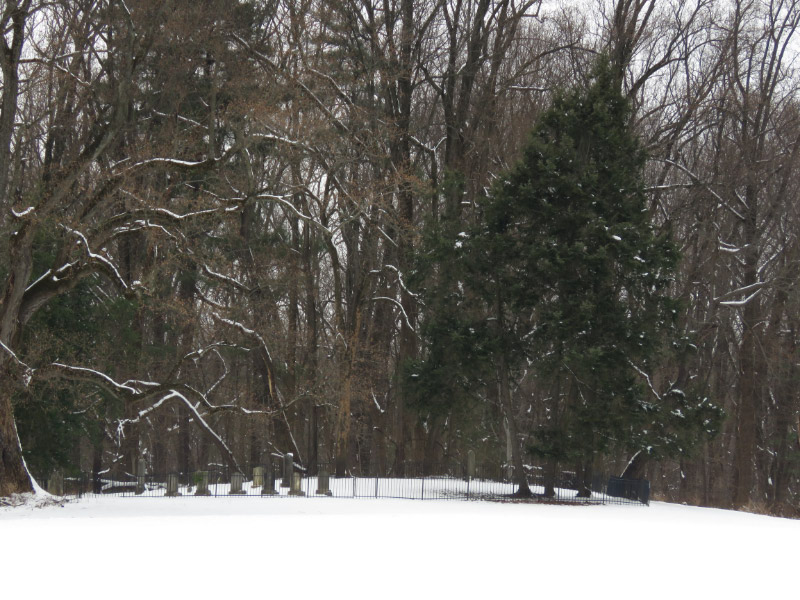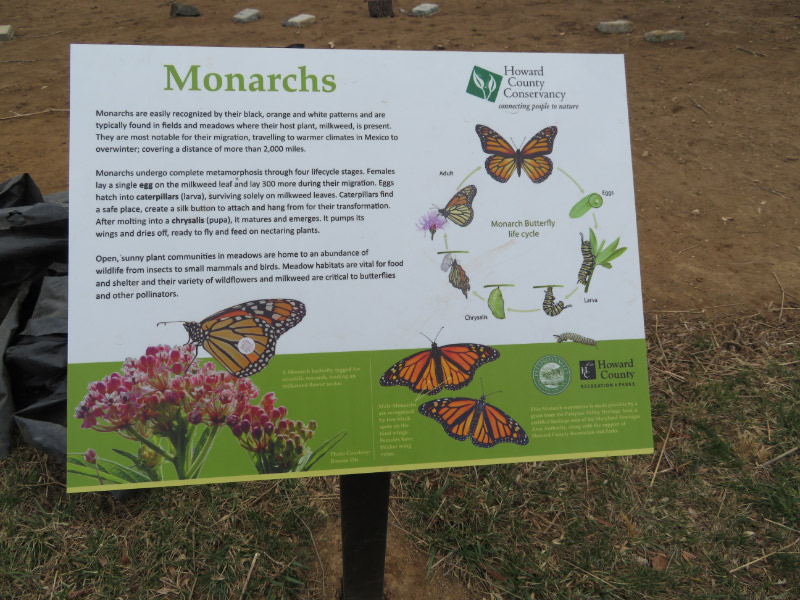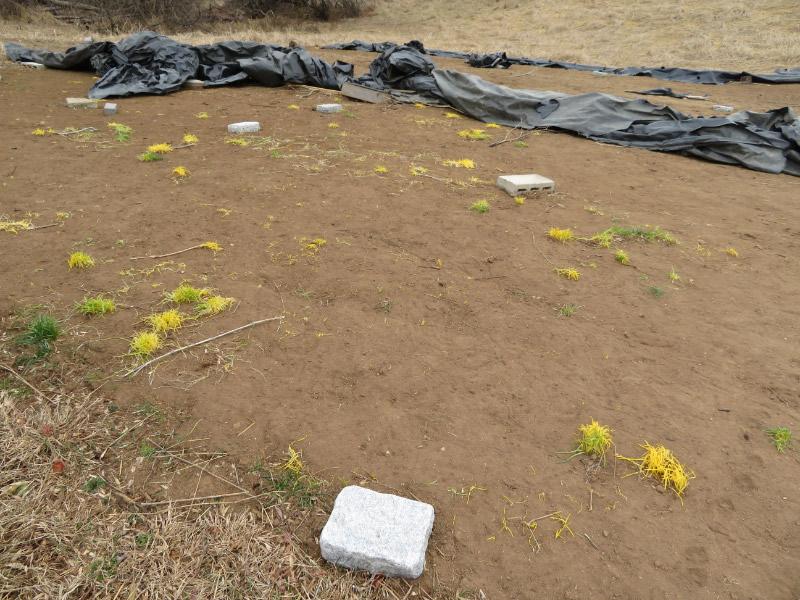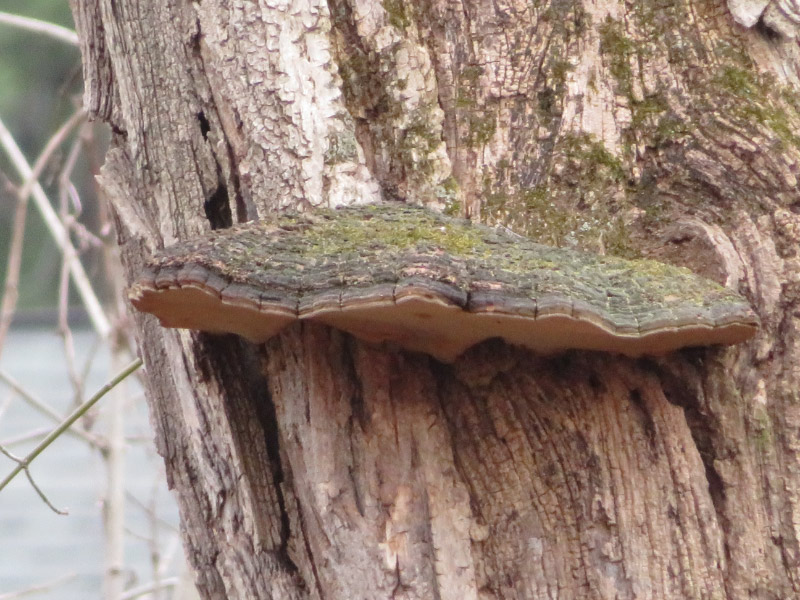Missouri Master Naturalist Training – Week 9
/The last session of the Missouri Master Naturalist Training was one lecture followed by graduation and ice cream cake!
The lecture was on invasives. Most of the invasive plants I was familiar with (from Maryland)…except for Sericea Lespedeza which is a warm-season, perennial legume. It is something that was introduced intentionally then escaped and is now widespread – outcompeting native plants. Frustratingly – its seeds are still being sold and attempts to stop that at the state level have failed.
There were some trunk sections of young ash trees killed by Emerald Ash Borer. The widespread death of ashes in Missouri is happening now…just as it did in Maryland several years ago.
The good (so far) news on the invasive insect front is that Missouri does not have Spotted Lanternfly…although it is probably only a matter of time since the insect is in Illinois and Kentucky.
Graduation included a magnetic name badge and a certificate (and some goodies that included milkweed seeds). I splurged and had 2 pieces of ice cream cake!
I am going to miss the rigor of the class but am relaxing a bit – savoring my Identifying Woody Plants class at the university that continues into December!




































